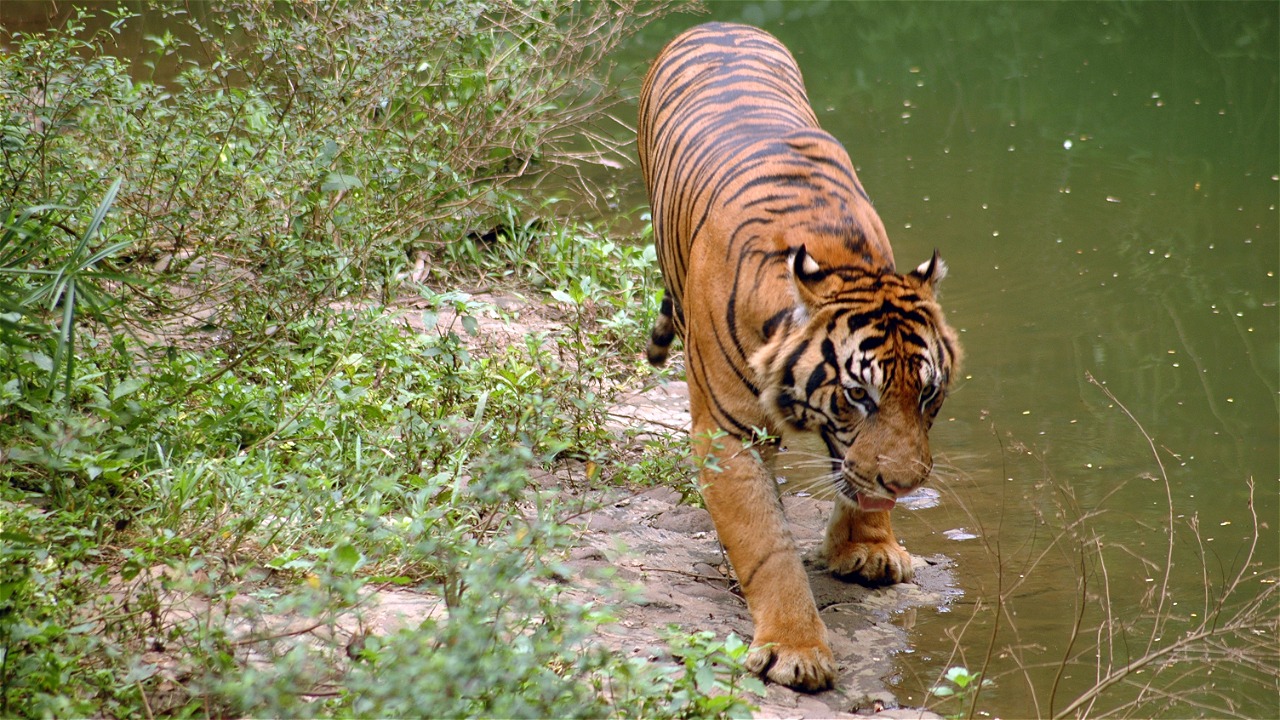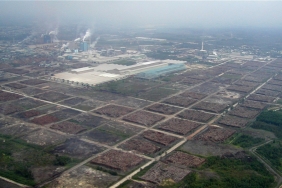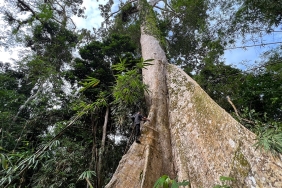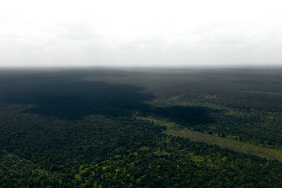INDIGENOUS PEOPLES, SPEARHEADING NATURE CONSERVATION
By: Sela Ola Olangi Barus
Every August 10, Indonesia celebrates National Nature Conservation Day (HKAN). HKAN is a national campaign movement that aims to raise public awareness of the importance of nature conservation, as well as inviting people to play an active role in saving biodiversity, conservation areas, and the environment. 2017 is the eighth year of the celebration, since it was established by the President of the Republic of Indonesia through Presidential Decree No. 22 of 2009.
In general, a conservation area is designated because of its distinctiveness, the threat to the existence of its flora and fauna, and its widespread use. Indonesia, which is the largest archipelago in the world with a variety of biodiversity, should have nature conservation areas. Based on Statistical Data from the Ministry of Environment and Forestry in 2015, the total area of marine and terrestrial conservation areas in Indonesia is 27,429,556 hectares. With such a large conservation area, the threats that lurk are also quite high, such as forest encroachment, illegal hunting of protected animals, and other disturbing activities. Therefore, it requires the role of all parties to maintain its sustainability, one of which is the local indigenous community.
The Bukit Rimbang Bukit Baling Wildlife Reserve (SMBRBB) conservation area or commonly called the Rimbang Baling area on the central island of Sumatra is home to the Sumatran tiger and is a place where indigenous people live. As a community living in a conservation area, indigenous people in SMBRBB are well aware of the need to preserve the area. This is shown through the culture and values that were adopted long before the conservation story in the Rimbang Baling area.
One of the customs that is still carried out today is Semah Rantau with one of the rituals of cutting buffalo by offering the head, liver and heart to the Sumatran Tiger. The ritual means that the indigenous people of Rimbang Baling highly value the existence of the Sumatran Tiger as a revered figure. Not only that, in Pangkalan Village there is a Kunadi River with an area of ± 200ha that has been designated as a prohibition area since the time of the ancestors. That way, to take natural products such as wood is only intended for shelter needs, not for sale.
Indirectly, the culture and customs of these indigenous communities have a vital role in protecting the Rimbang Baling area. This is certainly good, but there needs to be a synergy between the concept of conservation and the culture of the local community.
WWF-Indonesia believes that without the support of local communities, conservation efforts will not run optimally. Therefore, WWF-Indonesia involves the community in conservation activities. In the Rimbang Baling area, this is demonstrated by involving the Rantau Kampar Kiri Art Workshop to teach conservation concepts to the younger generation in the area. Not only that, WWF-Indonesia also invites the community in its research activities. One of them was when WWF-Indonesia tried to count the number of Sumatran Tigers using camera traps. Local people are also used as rangers or forest guards.
As direct contact parties, local indigenous people are one of the main actors in protecting conservation areas. Involving them in every activity will make conservation efforts more effective. Thus, harmonization of people's lives with nature can be achieved.





